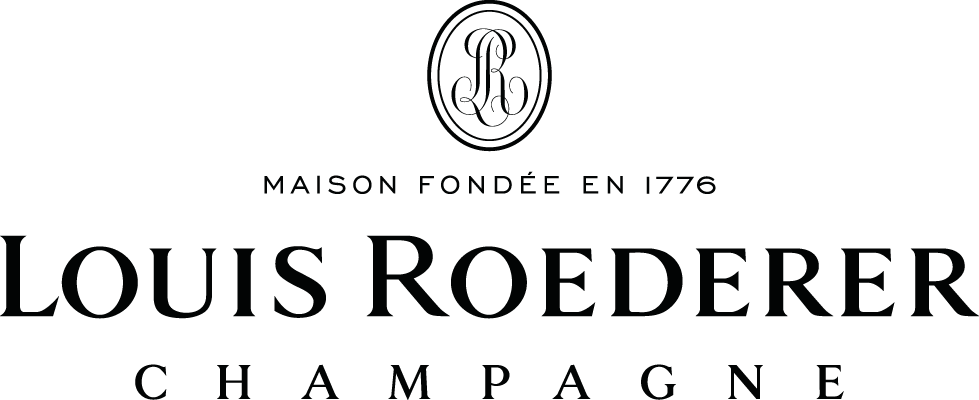Champagne Louis Roederer Camille Volibarts
Champagne, France
Vintage:2018 (Past)
Tech Sheet Download Download PDF with Scores Download PDF without Scores

- JS
- D
- WA
- JR
Reviews
Decanter
93 Points
May 31, 2021, Simon Field MW
“The complexity of upbringing (a 15-month ageing in a combination of sandstone vats, stainless steel and oak barrels) is repaid by the challenges of a full appreciation. The first impression is of lime, verbena, chalk and spring flowers; intimation of Giacometti lean rather than Rubens fleshy. The palate challenges this presumption and impresses with its texture, mealy honeyed notes sitting well with orchard fruit freshness, spice from the oak equally satisfying, the finish firm and measured, with hints of salinity sounding the final fanfare.”
The Wine Advocate
91+ Points
April 15, 2021, William Kelley
“From a 0.55-hectare parcel in lieu-dit Volibarts, Roederer's 2018 Coteaux Champenois Le Mesnil-sur-Oger Hommage à Camille unwinds in the glass with an understated bouquet of white flowers, linden blossom, citrus zest, blanched almonds and rock salt. Medium to full-bodied, satiny and layered, it's seamless and complete, with bright girdling acids and an intensely chalky finish. Lecaillon believes this will be long-lived wine, developing additional facets with age; and having followed an open bottle over several days, I'm inclined to agree with him.”
JamesSuckling.com
94 Points
April 7, 2021, James Suckling
“Sliced apple, pear, flint and stone on the nose. Full-bodied with a delicious, tangy palate with hints of tarragon and white peach. Minerally finish. Subtle and complete. Serious white. Drink now.”
JancisRobinson.com
16.5+/20 Points
March 26, 2021, Jancis Robinson
“Extremely mineral nose immediately reminds me of Chablis. Very vivacious but rather uncompromising. No oaky sop to the palate but rather, as I suspect is intended, an expression of vineyard. Bone dry and with real texture in the mouth. Yes, Chablis is the closest thing, with some of a dry Riesling's steeliness, but this is very much its own beast and, I should imagine, will age in an interesting fashion. Difficult to know how long for, though, without a track record.”
Overview
Named after one of the most remarkable figures in the history of Champagne Louis Roederer, Camille Volibarts allows wine enthusiasts to discover another facet of the unique winemaking expertise of this family-owned House, today headed by Frédéric Rouzaud, Camille Olry-Roederer's great-grandson.
A resourceful widow at the helm of Louis Roederer from 1932 to 1975, Camille brought the House into the modern world as she successfully steered the it through all the important events of that time. A brilliant ambassador, Camille enjoyed inviting her most loyal customers to dine with her, not only to unveil her latest champagnes but to surprise them… toying with codes and conventions, she used to serve the multi-vintage brut at the apéritif and some still wines from Roederer’s finest vineyards with the meal. Her guests were amazed by these still wines from Avize or Cumières!
Behind the creation of Camille, we find the natural, virtuous viticulture that has been practiced by the House for over 20 years, but here we see it taken in a new direction, daring to break with Champagne tradition through the absence of bubbles. It allows Louis Roederer to take what Nature has offered and render it even more beautiful, revealing another facet of the Champagne terroirs.
Winemaking
Sourced from a 1.36-acre plot in the Volibarts lieut-dit (Le Mesnil-sur-Oger), the smaller Chardonnay clusters are crushed by foot and left to macerate for two hours before being combined with the larger grapes and then pressed together. A short pre-fermentation maceration at the time of pressing lends the wine a tactile, almost tannic dimension. Fermentation then begins slowly and gradually, from a starter yeast. The wine, which is left in contact with its lees for 8 to 9 months with an occasional gentle stirring up of the lees, is then aged in three different receptacles.
Aging on the gross and fine lees, without racking and in different receptacles (sandstone, stainless-steel and oak) enables the juices to reveal their true potential. 8 months later, the wines from the three vessels are blended together, in varying proportions each year, to create the finest possible balance. 35% of the wine is aged in sandstone eggs, allowing the wine to breathe whilst imparting richness and fat due to their spherical shape. 44% of the wine is aged in stainless steel, imparting freshness and purity. 21% is aged in new French oak barrels with a light toast which lend the wine subtle oaky notes without overpowering its flavor.
Tasting Notes
Yellow hue with clear, bright tints. Characteristic of Chardonnay on the nose in which subtle notes of flowers and white fruit are smoothly woven with wheat and roasted almonds. Its delicate nose is filled with promise and evolves into scents of white truffles after a few minutes in the glass. Chalky, saline and incredibly pure palate. Its gentle ripeness creates a delicate sensation of sweetness that subtly coats the palate. This is an exceptionally taut, pure and lively wine. The sappy, taut finish lingers thanks to the wine’s savory notes and slightly bitter, vegetal overtones reminiscent of fresh ginger.
Harvest Notes
A very unusual year in more ways than one. After an exceptionally rainy winter, spring was very mild. The warmth brought with it stormy and sometimes destructive weather as well as variable rainfall throughout the appellation. Summer was very warm, dry and sunny and surpassed even the record breaking temperatures of 2003.
